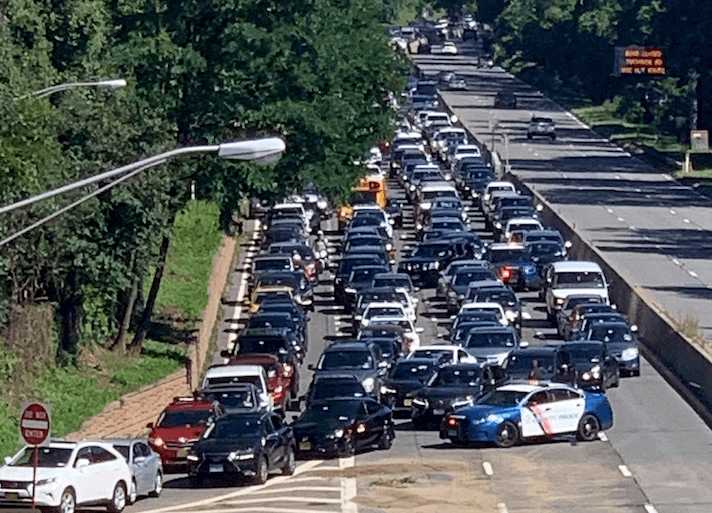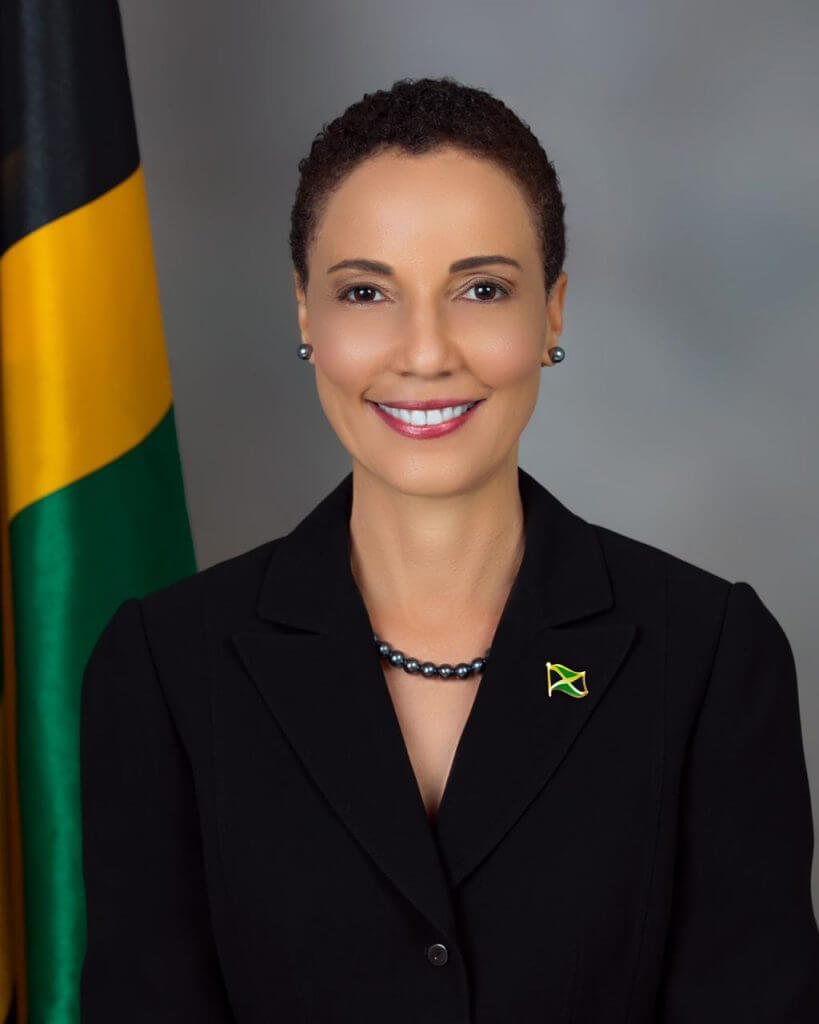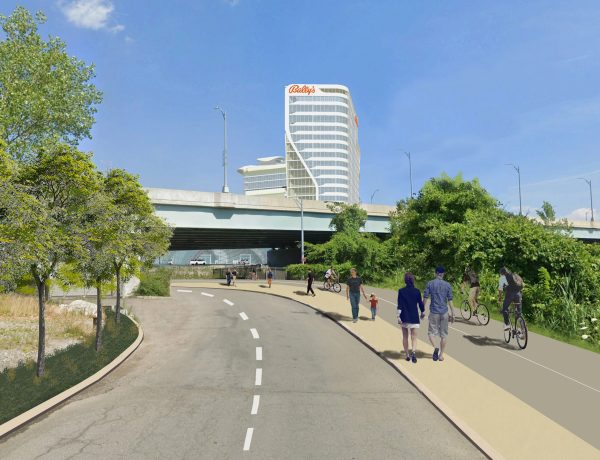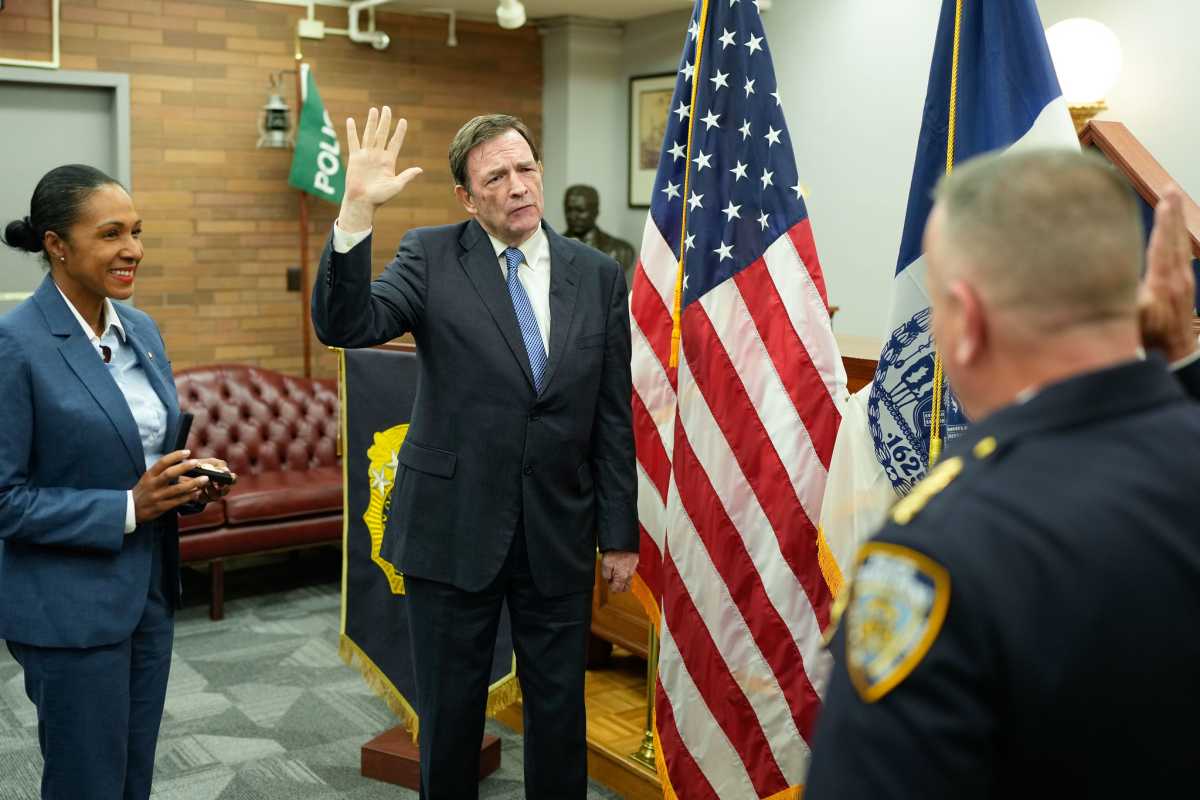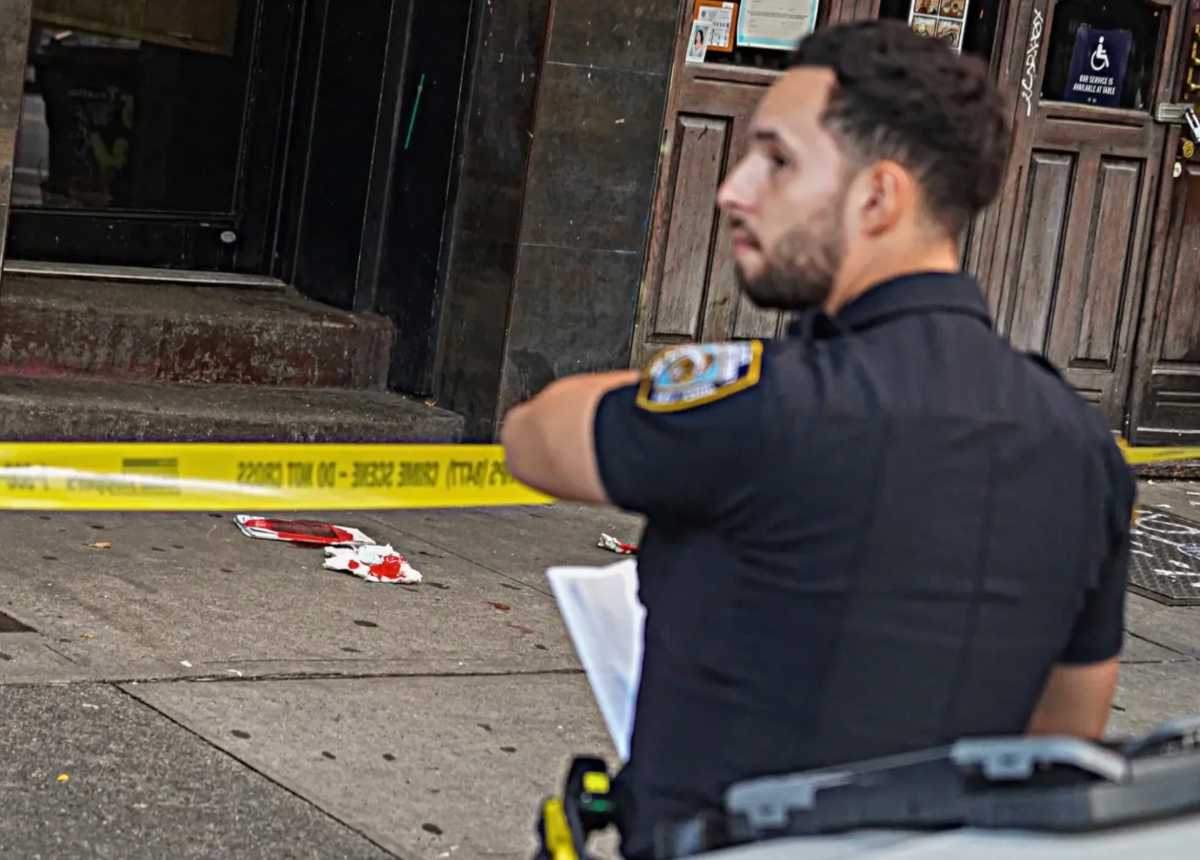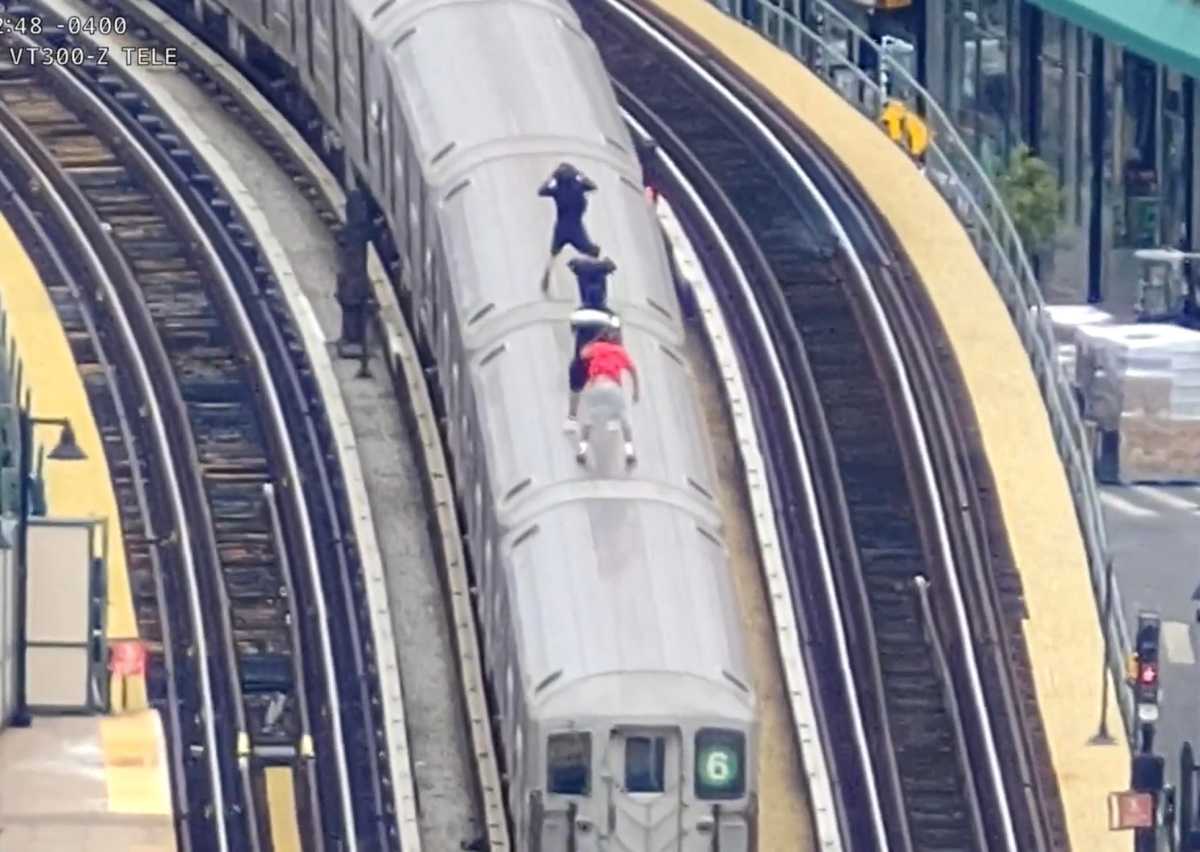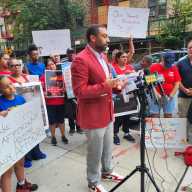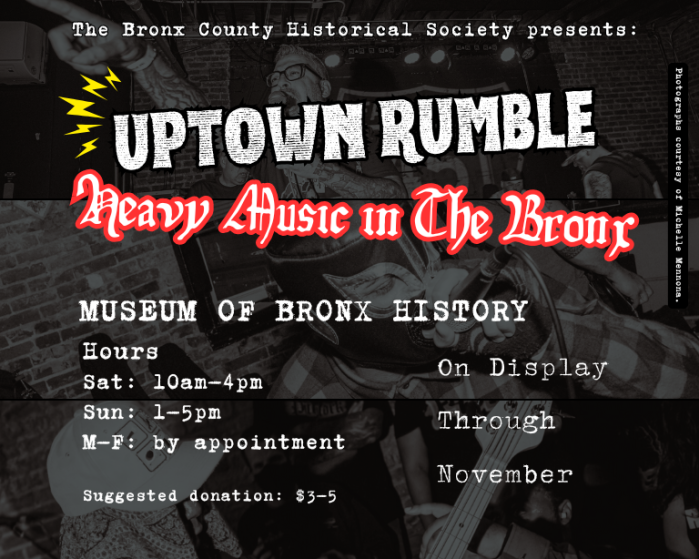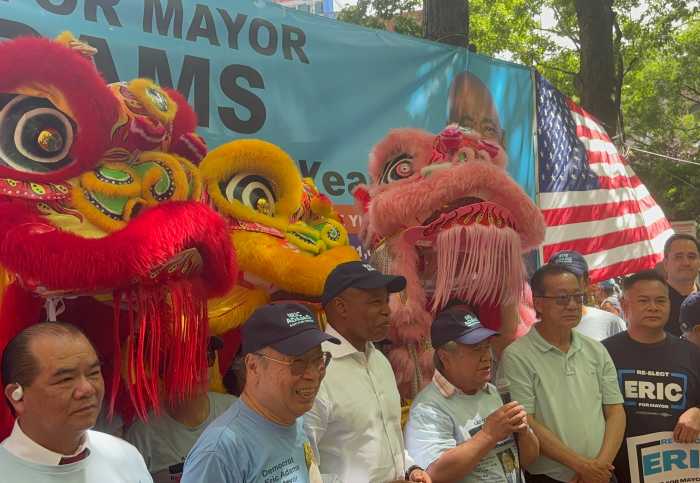On Wednesday, Hurricane Ida swept through the northeast, as torrential downpours left roadways and vehicles in the Bronx submerged in its path as well as a rare late-night tornado warning in the borough.
Hurricane Ida also produced the city’s first-ever flash flood emergency, the city’s biggest single hour of rainfall and led to more than a dozen fatalities in the New York City metropolitan area.
A flood warning is still in effect for Bronx County, until 6:15 p.m., according to National Weather Service.
Throughout New York City, underground subway stations turned into waterfalls, many throughout the Five Boroughs encountered massive flooding in their apartments.
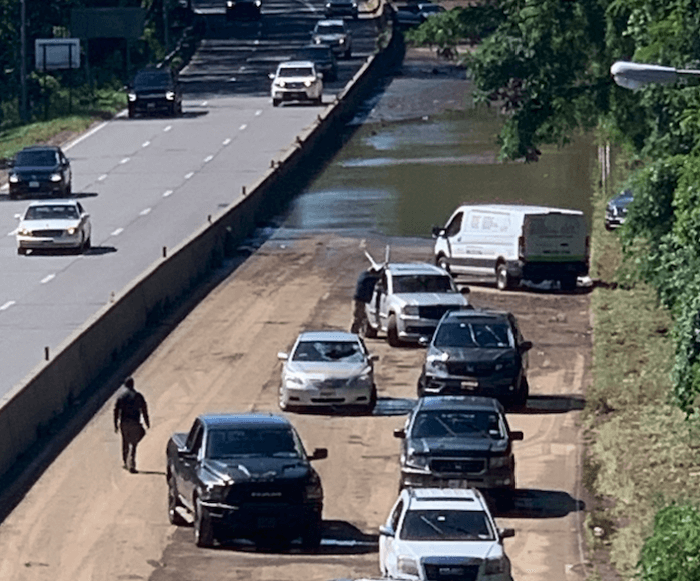
According to police, 12 people died as a result of massive flooding in properties. NYPD Commissioner Dermot Shea said 8 of the 9 deaths took place in residential homes in basements.
Mayor Bill de Blasio said Thursday morning the death toll in the Big Apple was nine, but that number rose to 12 by afternoon after firefighters in Queens discovered three more bodies.
Ida’s impact has also resulted in massive interruptions in commutes throughout the city. Just before 1 a.m., the city issued a travel ban in effect until 5 a.m. on Thursday.
The Bronx River Parkway is closed between White Plains and Yonkers and The Hutchinson River Parkway is between the Cross County Parkway and the Bronx due to flooding and abandoned vehicles on the roadways. As of 1 p.m. Thursday, vehicles remained submerged underwater on the Major Deegan Expressway.
Transit officials told the Bronx Times that Metro-North and Bee-Line services remain suspended.
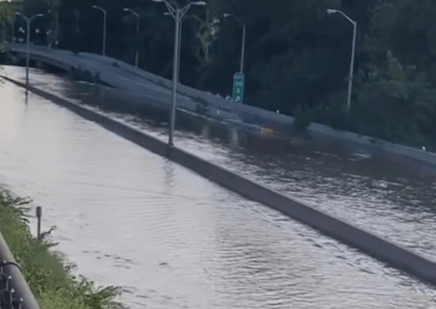
During a Thursday morning briefing, Gov. Kathy Hochul said “Metro-North, LIRR and the New York City subway system are not fully functioning” and her focus will be on flood prevention.
Local leaders said the city needs to pivot to climate prevention, as storms like Ida and Tropical Storm Henri have broken 30-year flood records and daily rainfall records in consecutive weeks.

